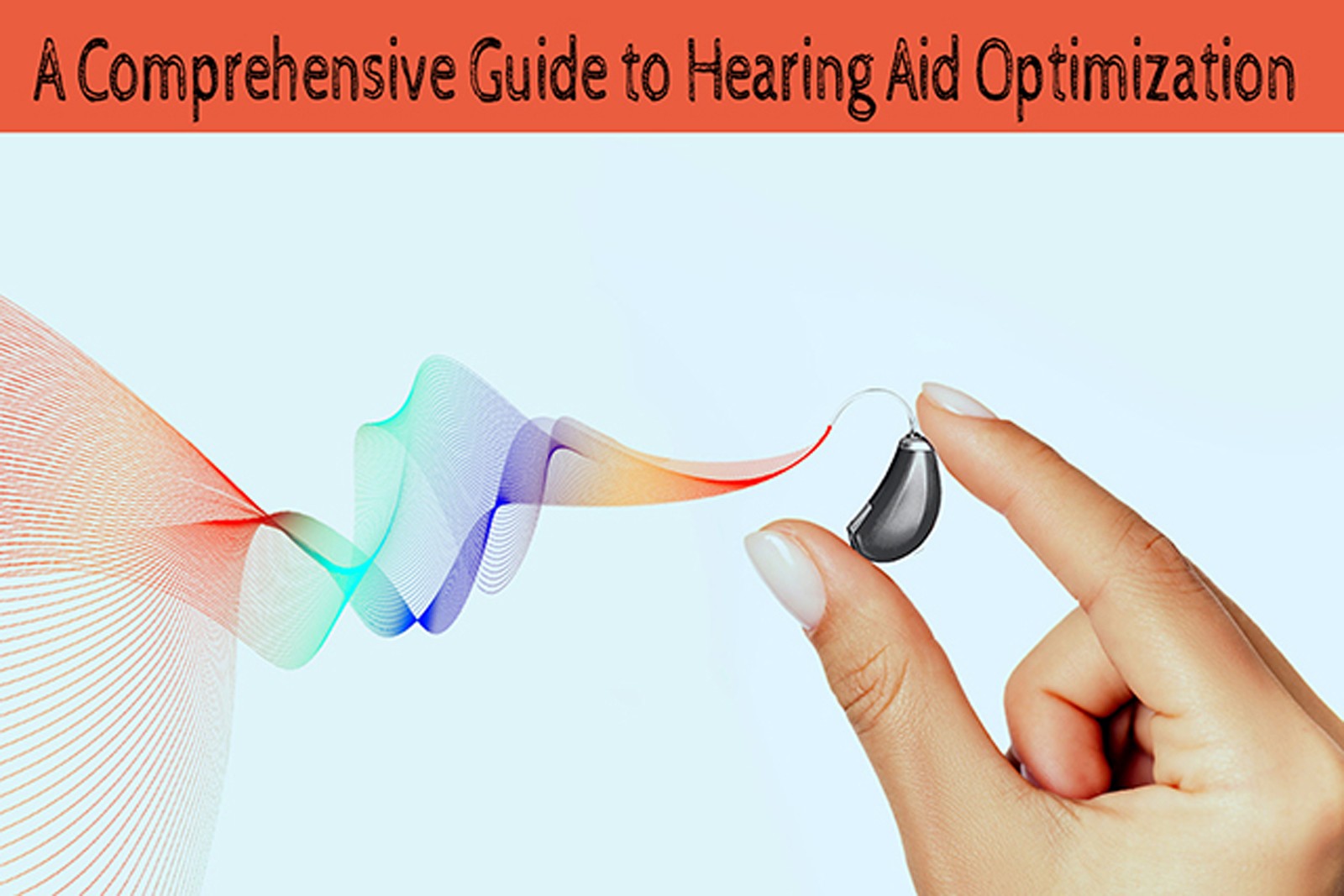
A Comprehensive Guide to Hearing Aid Optimization impedance-hearing-test, hearing-aid, digital-hearing-aid, widex-hearing-aid,
Before delving into optimization techniques, it's essential to have a basic understanding of how hearing aids work. Most hearing aids consist of three main components: a microphone, an amplifier, and a speaker. The microphone captures incoming sounds, which are then processed and amplified by the device before being delivered to the ear through the speaker. Modern hearing aids often come with additional features, such as noise reduction, directional microphones, and wireless connectivity.
Professional Hearing Assessment: The Foundation of Optimization
The first step in optimizing your hearing aid experience is to undergo a comprehensive hearing assessment conducted by a qualified audiologist. This assessment helps determine the type and degree of hearing loss, providing valuable information for selecting the most suitable hearing aid. Audiologists consider various factors, including the individual's lifestyle, preferences, and communication needs. The result is a customized prescription that serves as the foundation for successful hearing aid optimization.
Proper Fitting and Comfort: The Cornerstones of Optimization
An ill-fitting hearing aid can compromise its effectiveness and lead to discomfort. Achieving a proper fit involves precise measurements and adjustments to ensure the device sits comfortably in the ear. Audiologists may use molds or conduct real-ear measurements to tailor the hearing aid to the individual's ear canal. Additionally, proper fitting minimizes the risk of feedback and enhances the device's ability to capture and amplify sounds accurately.
Optimizing Sound Settings: Tailoring to Individual Needs
Modern hearing aids offer a range of programmable settings that allow users to customize their auditory experience. Understanding and experimenting with these settings is crucial for optimal performance. Users can adjust volume levels, switch between different listening programs, and even control specific features like noise reduction and directional microphones. Regular communication with the audiologist is essential to fine-tune these settings based on the user's feedback and changing needs.
Utilizing Directional Microphones and Noise Reduction Technologies
Many hearing aids come equipped with directional microphones that focus on capturing sounds from a particular direction, enhancing speech clarity in noisy environments. Additionally, noise reduction technologies help filter out unwanted background noise, further improving the signal-to-noise ratio. Understanding how to activate and adjust these features can significantly enhance the overall listening experience, especially in challenging acoustic environments.
Regular Maintenance and Cleaning: Ensuring Longevity and Performance
Hearing aids are exposed to various environmental factors, including moisture, wax, and debris. Regular maintenance and cleaning are essential to prevent malfunctions and ensure optimal performance. Users should follow manufacturer guidelines for cleaning and storing their devices. Additionally, scheduling regular check-ups with the audiologist allows for professional cleaning, inspection, and adjustments, ensuring that the hearing aids continue to meet the user's needs.
Wireless Connectivity and Smart Features: Enhancing Convenience
Many modern hearing aids come equipped with wireless connectivity features, allowing users to connect to smartphones, televisions, and other audio devices. Understanding how to pair and use these features can significantly enhance convenience and connectivity. Smartphone apps often provide additional control options, enabling users to adjust settings discreetly and monitor battery life. Embracing these technological advancements can lead to a more seamless integration of hearing aids into daily life.
Feedback Management: Minimizing Annoying Whistling Sounds
Feedback, characterized by whistling or squealing sounds, can occur when the amplified sound leaks back into the microphone. Proper fitting and regular adjustments can help minimize feedback, but users can also take additional measures. Avoiding cupping the hand over the ear, keeping the ear and hearing aid clean, and using specific feedback reduction features can contribute to a more comfortable and feedback-free listening experience.
Understanding and Managing Expectations: Patience is Key
Optimizing hearing aid performance is an ongoing process that requires patience and realistic expectations. Users may initially find certain sounds unfamiliar or experience discomfort. It's crucial to communicate openly with the audiologist about any challenges or concerns. Adjustments can be made to address specific issues, and audiologists can provide guidance on adapting to the new auditory experience.
Conclusion:
Hearing aid optimization is a multifaceted process that involves a combination of professional guidance, technological understanding, and user engagement. By prioritizing proper fitting, regular maintenance, and taking advantage of advanced features, individuals with hearing loss can significantly enhance their overall hearing experience. Embracing the continuous advancements in hearing aid technology and maintaining a proactive approach to optimization ensures that users can fully enjoy the benefits of improved communication and a better quality of life. Remember, the journey to optimal hearing is a collaborative effort between individuals, audiologists, and evolving technology.
🦻Widex Hearing Center 🦻
Mobile: 01711636214
Website: https://www.widexbd.com/
www.widexhearingcenter.com
📌152/2/N, Nahar Plaza, Green Road Signal, Panthapath, Dhaka-1205.
Product Photo
.jpg)
.jpg)
- Pure Tone Audiometry Test
- Audiometric Equipment
- Visit To A Hearing Aid Specialist
- Manufacturer's Warranty In BD
- Customized Ear Mould Making BD
- Hearing Aid Replacement
- Invisible hearing aid for children
- A Comprehensive Guide to Hearing Aid Optimization
- Learn How to Start with Hearing Aids